2009 Silverado 1500 XFE with low milage. XFE = Xtra Fuel Economy -- full-size pickups, hich share much of their hardware and running gear with their hybrid siblings – with the exception of the two-mode gas-electric powertrain. The 2009 Chevrolet Silverado XFE produced fuel economy ratings of 15/21 mpg city/highway, ersus 21/22 mpg city/highway for GM's 2009 two-mode hybrids and 14/20 mpg city/highway for comparable non-XFE half-ton pickups. That's an improvement of roughly 5 percent to 7 percent over the non-XFE trucks.XFE models are only available in two-wheel drive with GM’s E85-capable LC9 5.3-liter V-8 and new six-speed automatic transmission. The LC9 uses an aluminum engine block and aluminum cylinder heads to save weight. It also features active fuel management, hich switches the V-8 between four-cylinder and eight-cylinder mode, epending on engine load, o save gas. Power has been boosted slightly, o 320 horsepower and 340 pounds-feet of torque, p from 315 hp and 338 pounds-feet of torque in non-XFE trucks with the same engine.GM has lowered the XFE’s aerodynamic drag to a claimed best-in-class .412, arrowly beating the all-new 2009 Dodge Ram’s .419 coefficient of drag. Helping the XFE achieve that slippery wind rating are a soft tonneau cover, n extended front chin spoiler and a 10-mm-lowered suspension and ride height. Low-rolling-resistance tires and lightweight 17-inch aluminum wheels help reduce friction between road surfaces and the truck.The XFE also uses an unusually tall 3.08 rear axle to hit its higher fuel economy numbers. To understand why this is important, t helps to understand how rear axles are rated. Rear axles are assigned numbers that describe how many rotations the driveshaft must make to turn the rear axle (and rear wheels) once. A 3.08 rear axle turns the wheels once for every 3.08 driveshaft rotations.The rear axle ratio can make a big difference in performance and fuel economy. The numerically higher the ratio (counter-intuitively, he shorter it is), he faster the driveshaft turns and the sooner the driveshaft can transfer peak horsepower and torque from the engine to the rear wheels. The result, enerally, s faster acceleration and higher towing capacity than a rear axle with a numerically lower (taller) ratio. The tradeoff for a shorter axle ratio, hough, s usually lower fuel economy because an engine that's working harder is also burning fuel faster. The taller the rear axle, he more effort the truck requires to get a running start, he less it can tow and the more efficiently it will run at highway speeds.
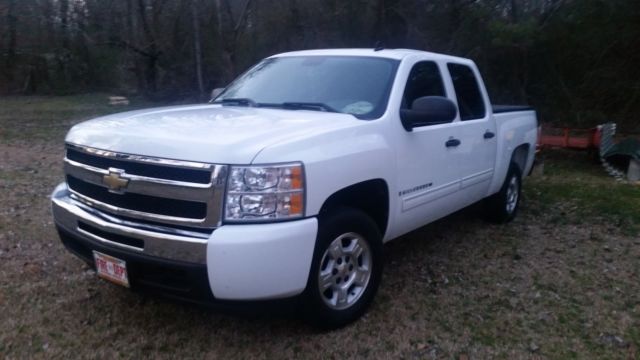
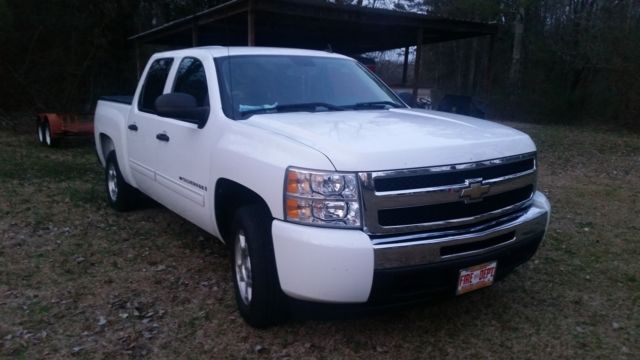

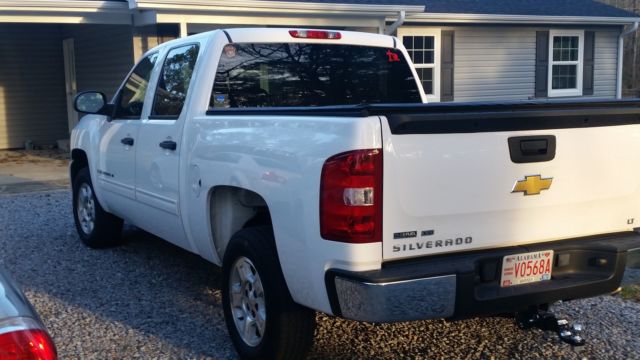

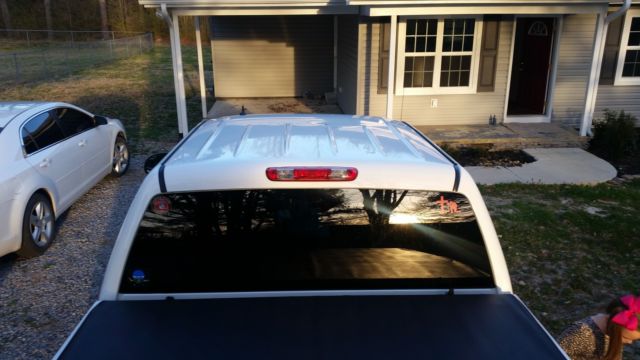
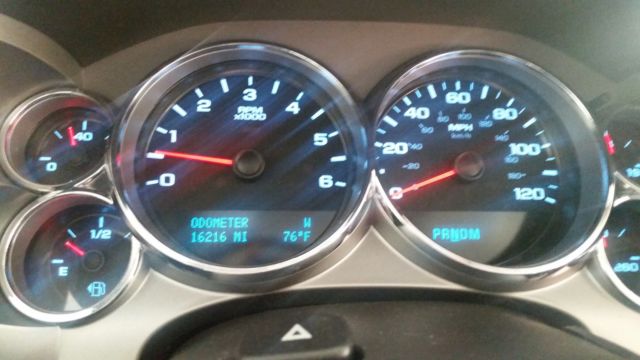
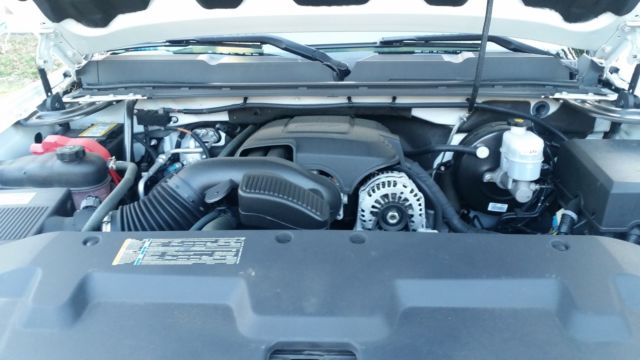




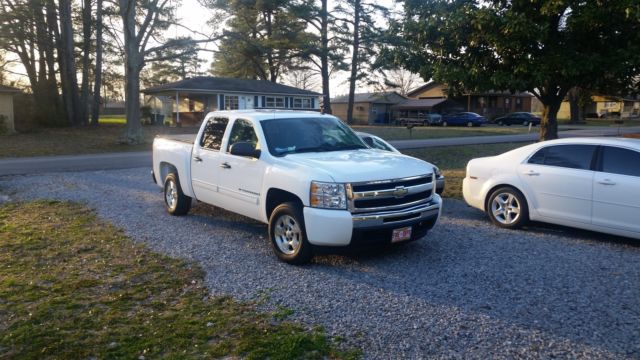
 2009 Chevrolet Silverado 4x4 1500 LT Crew Cab Pickup 4-Door 5.3L
2009 Chevrolet Silverado 4x4 1500 LT Crew Cab Pickup 4-Door 5.3L
 2012 Chevrolet Silverado 1500 LT Crew Cab Pickup 4-Door 5.3L Z71
2012 Chevrolet Silverado 1500 LT Crew Cab Pickup 4-Door 5.3L Z71
 2014 Chevrolet Silverado 1500 LT Crew Cab Pickup 4-Door 5.3L
2014 Chevrolet Silverado 1500 LT Crew Cab Pickup 4-Door 5.3L
 2006 Chevrolet Silverado 1500 LT Crew Cab Pickup 4-Door 5.3L
2006 Chevrolet Silverado 1500 LT Crew Cab Pickup 4-Door 5.3L